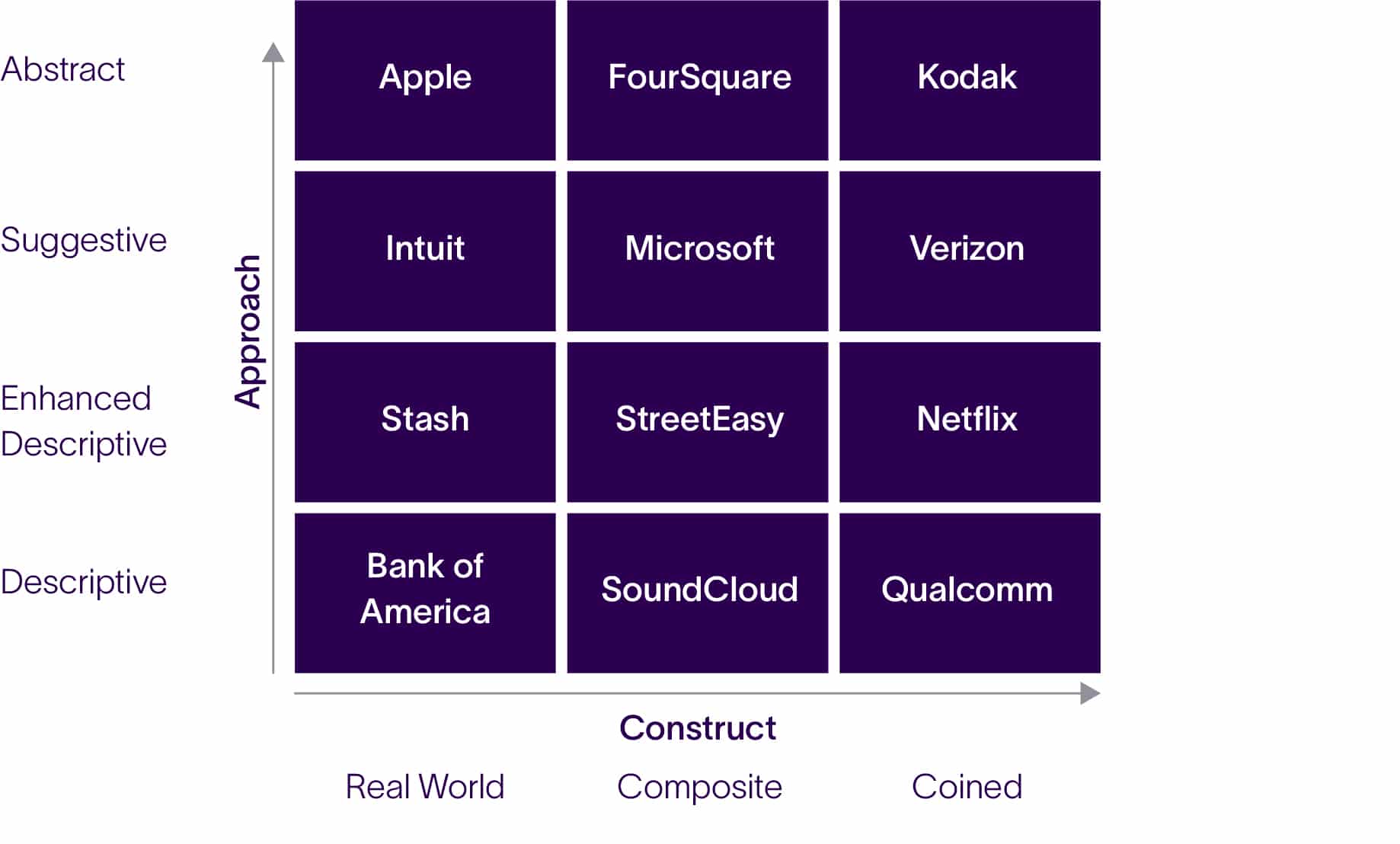Perhaps it goes without saying, but brand naming is important. A name is the public’s introduction to your brand; it’s the first word in its story. Although a name can’t do everything,it is your company’s first and fastest chance to communicate one or two vital messages about your products and purpose.
With all this on the line, naming can too often be a frustrating process for clients. This is particularly true in those unfortunate cases in which multiple rounds of name generation produce few viable options. When this happens, and time and costs are piling up, naming can seem like an arcane (if not impossible) task.
We’ve found that the best way to avoid this scenario is to ensure alignment between the agency and the client from the outset. When everyone isn’t speaking the same language or considering the same metrics, it can take a few rounds of reactions and feedback before things start to click. When the client is empowered to articulate what they want and need, results can be achieved much more quickly.
One way to do this is with a naming territories workshop. We use a tool that breaks down something esoteric (naming) into smaller parts with which it’s easy to engage. After working with our clients to determine the core message they want their name to communicate, we talk them through the heuristic pictured below.

Subscribe to Our Newsletter
The grid plots two common dimensions on which brand strategists sort names:
- The approach spectrum describes what a name evokes: Should it describe what the business does, like Bank of America, or can it be an abstract concept or feeling, like Apple? Somewhere in between?
- The construct spectrum describes how the name is actually composed: Is it a real word or something invented? How “weird” can the name get?
Because the grid has examples of each category of names, clients can easily point to the kind of names that speak to them, giving strategists a “zone” of names in which the naming team should stay. This zone, and one or two broad themes the company would like to promote, will guide name generation.
For example, when renaming VASCO, a digital authentication and esignature company, our clients told us they wanted to express the wide range of products and services that they could provide after several acquisitions. Executives were comfortable taking a suggestive or enhanced descriptive result, but didn’t want a coined name. These guidelines helped us develop on-target names, from which the client ultimately chose OneSpan, a name with a suggestive approach and a composite construction.
The benefits of this exercise are clear: First, the naming team will only focus on creating names that fall in line with expectations. Without these upfront guidelines, if a namer came up with 100 names, on a good day perhaps 25 would even be in the right ballpark for the client. With guardrails in place, a much higher percentage of names should be feasible options.
Having a greater number of usable names is especially crucial today, as companies must be able to secure the trademark and URL for their new name, as well as ensure that it works across languages and cultures. What’s in a name? Well, as it turns out, a lot of legal considerations, communication challenges, and risk factors.
A name is the first word in the compound complex sentence that is your brand. With this in mind, for us at DeSantis Breindel, it’s imperative that our clients play an important role in name generation. When the naming process is demystified—becoming more like a formula—clients become their own best advocates, clearly expressing the desired direction for their new name.
Considering the challenging task of renaming your B2B brand? Let’s talk.
Originally published August 6, 2021.



